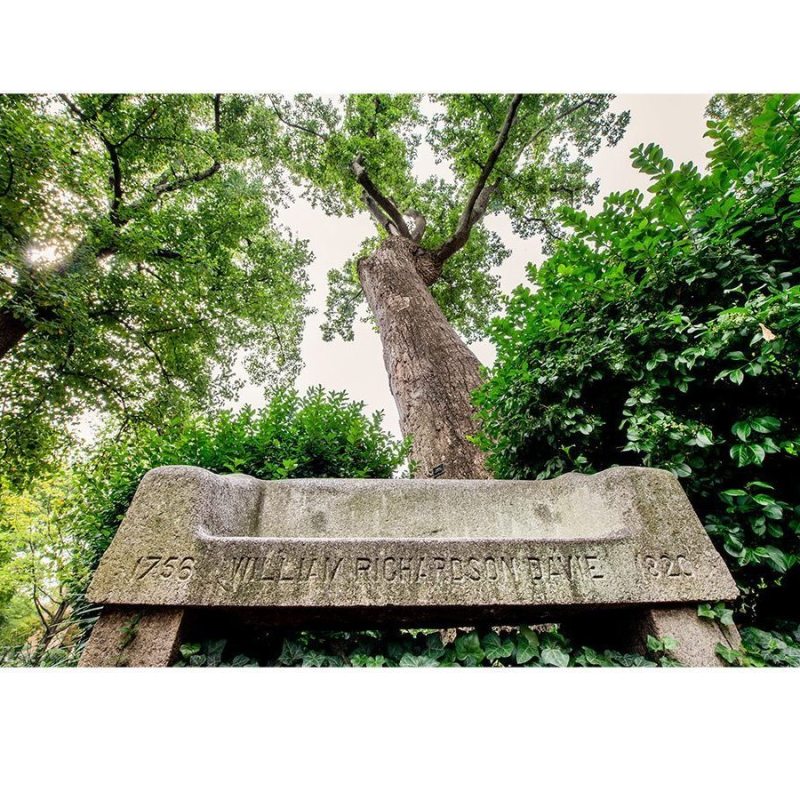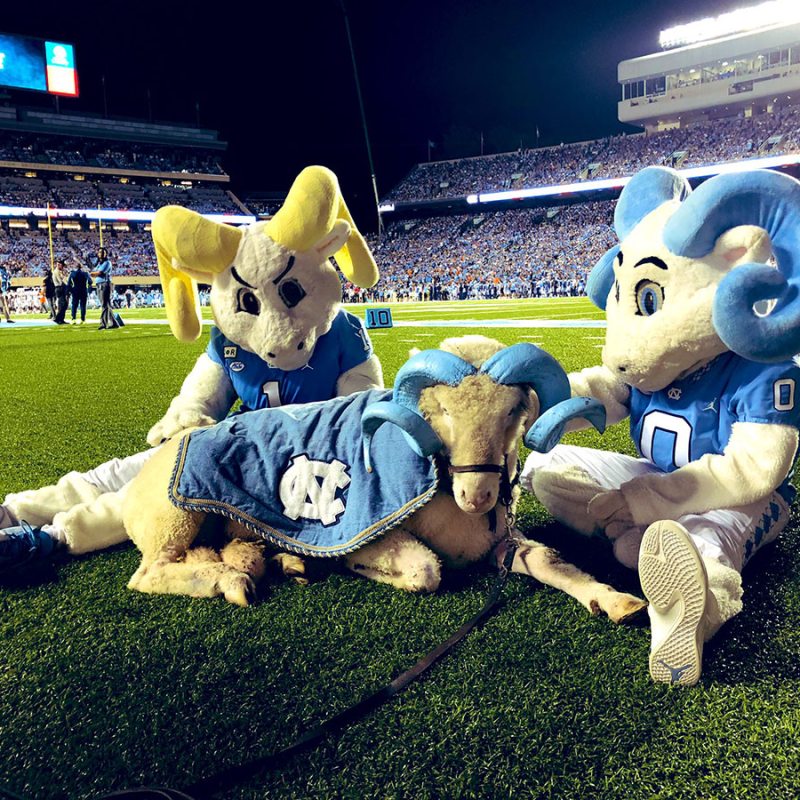Tar Heel traditions then and now
Take a look at over a century’s worth of photos of customs and places that make up the Tar Heel experience.
The nation's first public university, UNC-Chapel Hill is home to centuries-old traditions and experiences that connect generations of Tar Heels. Over multiple centuries, a lot has changed, but much of what it means to be a Carolina student has remained the same.
Learn more about the places and experiences that make the Tar Heel experience so special.
When Carolina first opened, the University’s well served as the primary source of drinking and bathing water for the students, faculty and staff.
Since then, it has gone through a few redesigns, including the addition of a structure based on the Temple of Love at Versailles in 1897. The current well — what we now call the Old Well — was constructed in 1954 using wooden columns, a marble base and copper roof. Last summer, the Old Well underwent renovations to incorporate accessibility improvements, including the installation of a sloped walkway.
Over the last six decades, the Old Well has become an icon for Carolina and is the home of First Sip, the popular tradition in which students drink the well’s water for good luck and a perfect GPA on the first day of classes.

No matter where you are on our campus, you can hear one of the most treasured Carolina sounds — the Morehead-Patterson Bell Tower.
Besides being a great spot for graduation photos and a helpful reminder of the time on your way to class, the Bell Tower is the home of a 90-year-old tradition of the master bell ringers: Carolina students who oversee the Bell Tower’s operations and ring the bells on football game days and other special occasions. Graduating Tar Heels also have the opportunity to participate in the Senior Bell Tower Climb.

The Davie Poplar tree has been keeping watch over Carolina students in Chapel Hill ever since the University opened its doors more than two centuries ago. The large tulip poplar tree located in McCorkle Place predates the University and is named after Carolina’s founder, William Richardson Davie.
Legend has it that if the Davie Poplar falls, the University falls with it. Though the origin of the myth remains unknown, Carolina isn’t taking any chances. Davie Poplar Jr. was planted in 1918 to serve as the original tree’s heir.

Take a look at over a century’s worth of photos of customs and places that make up the Tar Heel experience.
Hit the rewind button to a time when neon windbreakers, baggy pants and Hard Rock Cafe T-shirts were in style as Tar Heels surfed the World Wide Web using massive Compaqs and Gateways.
Though much of the Carolina experience remains the same, take a look at how campus has changed through the years.
Fashion and technology may have changed over the years, but no matter the decade, it has always been a great day to be a Tar Heel.
Carolina's campus is full of iconic structures and legends, but true Tar Heel traditions live on in the student life experience.
Everyday activities, such as joining historic student organizations, keeping time with the rings of the Bell Tower or volunteering in the community, are steeped in tradition.
Ever since Carolina’s first student organization was founded in 1795, Tar Heels have been exploring their interests outside the classroom. There are hundreds of opportunities to connect with fellow students, get involved in activities and develop your talents.
With 865 student organizations, you will find many ways to explore your personal and intellectual interests and embrace your passions for music, the performing arts, computer programming, the environment, creative writing, student government, politics, international cultures and more.

In the late 1980s, Carolina was the only team in the ACC that didn’t have a costumed mascot. The University, of course, had the live animal Rameses mascot that began attending football games in 1924, but not a mascot that could attend all games. The Carolina Athletic Association wanted to change that for the 1987-1988 basketball season.
When Eric Chilton first donned the Rameses costume, he launched a now-treasured tradition that Carolina students carry on today, more than three decades later.

The right shade of Carolina Blue and argyle trim are only part of the story behind what the attendees wear.
With historic buildings and picturesque landscaping, Carolina's campus is iconic, and some of the University's most beautiful spots are worth a closer look.
A belt worn by one of Carolina's most famous alumni, the hook that drew water from the Old Well and a concert button are all preserved in Wilson Library's Carolina Keepsakes online collection.
Since 2017, Tar Heels have celebrated the annual tradition of Arts Everywhere Day. Students get the chance to sing, dance, paint, mingle with the Poetry Fox and much more.
Since 2008, Tar Heels from a variety of cultures and backgrounds have united to throw their colors at UNC Holi Moli. Holi, also known as the festival of colors, is a Hindu tradition that celebrates love, community and the arrival of spring. At Carolina, Holi Moli is a highly anticipated yearly tradition that connects campus and the local community.
Carolina celebrated 100 years of Rameses Feb. 19. Tar Heels came out to the Pit to partake in the festivities, take pictures and hear from Interim Chancellor Lee H. Roberts, who remarked that although he's a ram, Rameses is the GOAT of mascots.